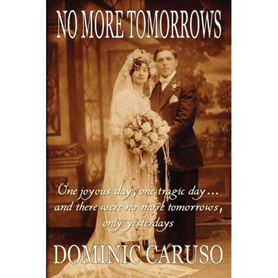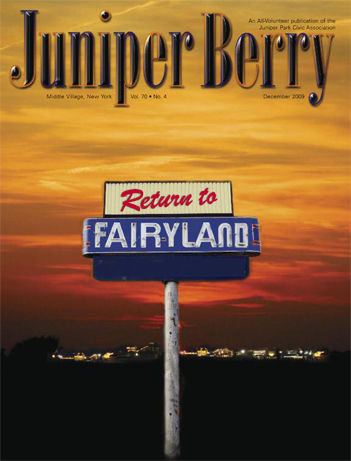Little Joey Caruso, 6 years old, was gravely ill with diphtheria. His father, Francesco, left their small apartment in Brooklyn, despite a quarantine sign on their door, in search of medical help for his son. Being unable to find a doctor, he went to the pharmacist, who advised Francesco that his brother, who lived in Maspeth, Queens, was a doctor and that he would send him to the house to take a look at little Joey. Dr. Pendola came to see Joey, and prescribed a strong antitoxin injection as well as a prescription for oral medication. Francesco went back to the drug store and filled both prescriptions. Upon his return to the apartment, Dr. Pendola administered the injection with instructions to give the child the pills, as well. He said he would return in the morning to check on Joey.
During the night, Joey became sicker and sicker, ultimately dying in his father’s arms. Francesco and his wife were beyond distraught. When Dr. Pendola returned the next day, Francesco, in his anger and grief, and after a loud argument with the doctor, strangled the doctor, then stabbed him in the throat. The day ended with Francesco being taken to the police station and charged with first degree murder.
What followed then was a gross miscarriage of justice. Jury selection began on April 4 of that year, and three days later, on April 7, 1927, Francesco was convicted of first-degree murder. Francesco Caruso was on his way to Sing Sing Prison and death row.
This sensational case pitted the Italian-American community against the medical community. A defense committee was established to appeal Mr. Caruso’s case. This action drew the attention of Fiorello LaGuardia, then congressman, Clarence Darrow, the defense attorney in the Scopes monkey trial, Judge Benjamin Cardozo, who later became a Justice of the Supreme Court, as well as members of the Italian Mafia of the time affiliated with Al Capone, all in defense of Francesco Caruso. Ultimately, Mr. Caruso agreed to a manslaughter plea and served 6 years of his 20-year sentence.
No one is too certain what happened to the Pendola family. At the time of his death, Dr. Pendola had a young wife and infant daughter. It is hoped that Mrs. Pendola and her daughter were able to find some measure of peace in their lives.
This book is written in “dialect”: you can almost hear the characters in the book speaking as the story plays out. I was fascinated by the glimpse in the 1920’s New York life of the immigrants, how poor they were and how hard they had to work to support their families.
I was also very impressed with the famous or soon-to-be famous people who came to help Francesco and his family.
I also found it ironic that both Dr. Pendola and little Joey Caruso are both buried at St. John’s Cemetery here in Middle Village.




